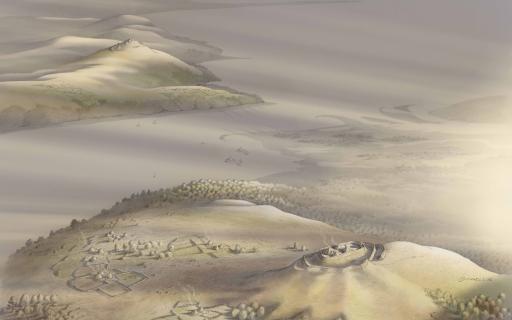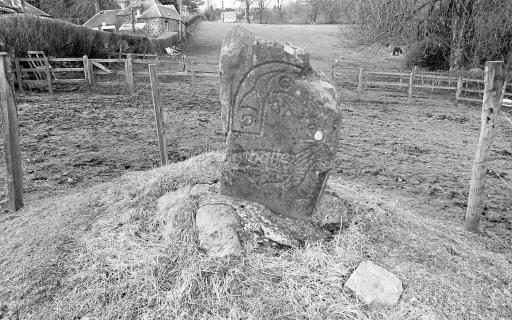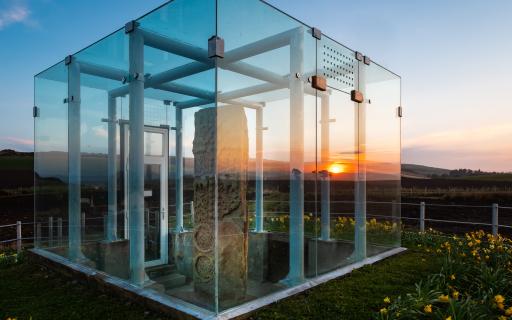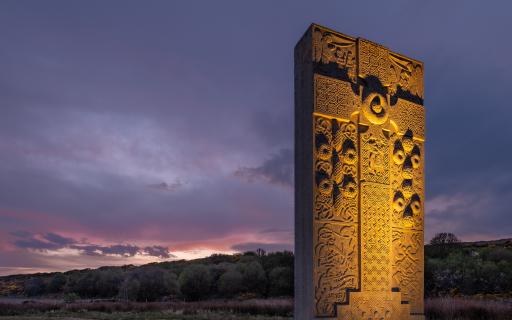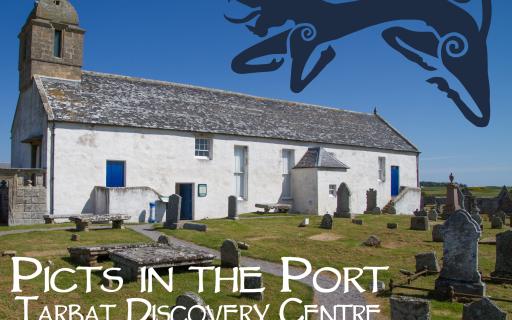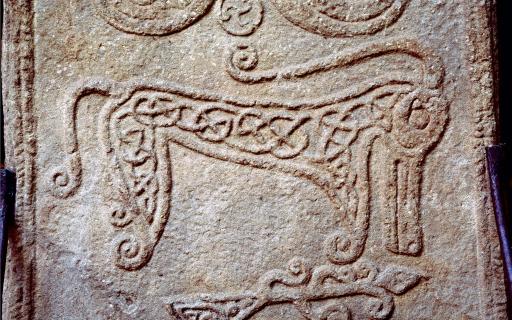
In Search of the Picts
Just who were the Picts?
In Scottish history the Picts are often considered one of the most mysterious peoples. Much of the knowledge we do have about the Picts comes from the written historical record of the 4th to the 10th centuries - often from the point of view of their opponents. Even the name ‘Pict’ comes from the Latin term ‘Pictii’ or 'painted people' and we will likely never know the name by which, if any, the Picts referred to themselves. What we do know for certain, however, is that the Picts lived in a time of great social and political change.
Decades of archaeological and historical research have begun to shed some light into the lives of Pictish people. From the incredible craftsmanship and artistry of Pictish stone carvings and metalwork, to place names and burials, and their relationships with kingdoms and societies across Scotland and Europe, the Picts have certainly left their mark on Highland history.
Explore the world of the Picts with this itinerary inspired by the incredible Highland Pictish Trail and from our interview with Heritage Consultant Helen Avenell. Why not listen below as you explore the Pictish landscape of the Highlands!
On your journey, be responsible and respectful of local communities and wildlife and follow the Scottish Outdoor Access Code.
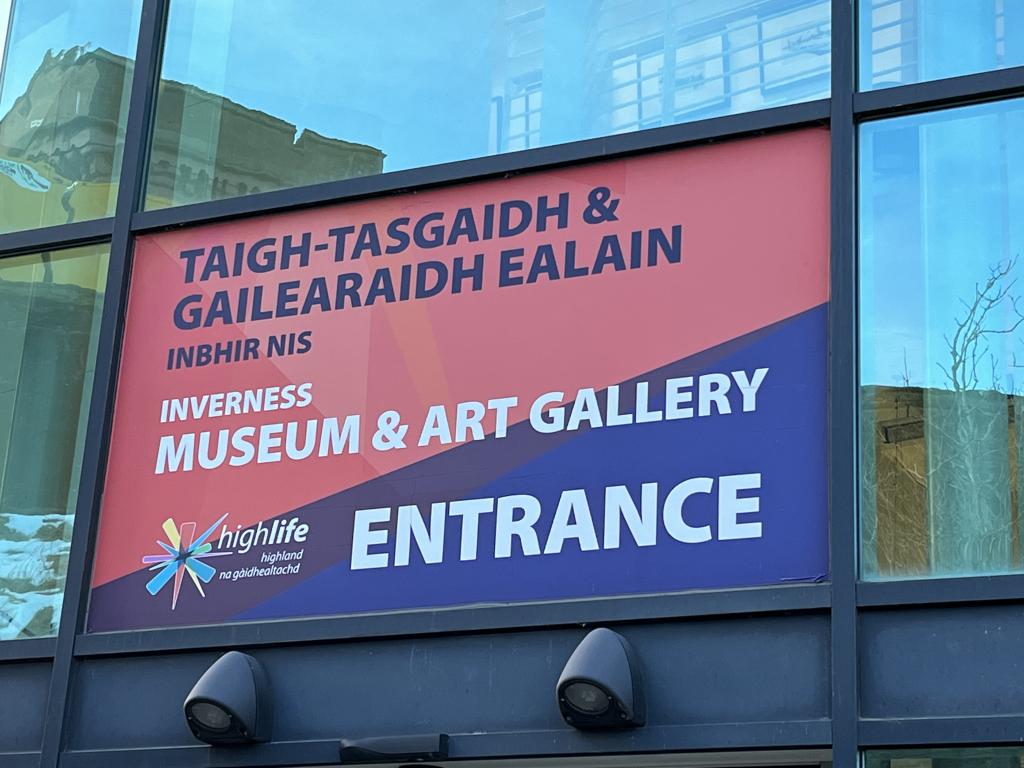 Inverness Museum and Art Gallery, Inverness
Inverness Museum and Art Gallery, InvernessImage provided by Spirit of the Highlands and Islands
INVERNESS MUSEUM AND ART GALLERY
Begin your journey at Inverness Museum and Art Gallery which houses a fine array of Pictish stones - the most visible legacy of the Pictish people. The stones on display here date back to the 5th-7th centuries AD and were discovered in Inverness and the surrounding area. The stones are adorned with remarkable carvings ranging from everyday household objects to animals and mystical beasts.
CRAIG PHADRIG
Atop the crown of a wooded crag on the western fringes of Inverness, lies the remains of a Pictish hill fort. The inner wall of the fort once measured approximately 75 x 23 metres and was first occupied during the Iron Age. The spectacular Craig Phadrig is also reputed to be the site where the Pictish King Bridei I was visited by St Columba around 565 AD. On your visit, take your time to admire the stunning views of the Beauly Firth and Ben Wyvis.
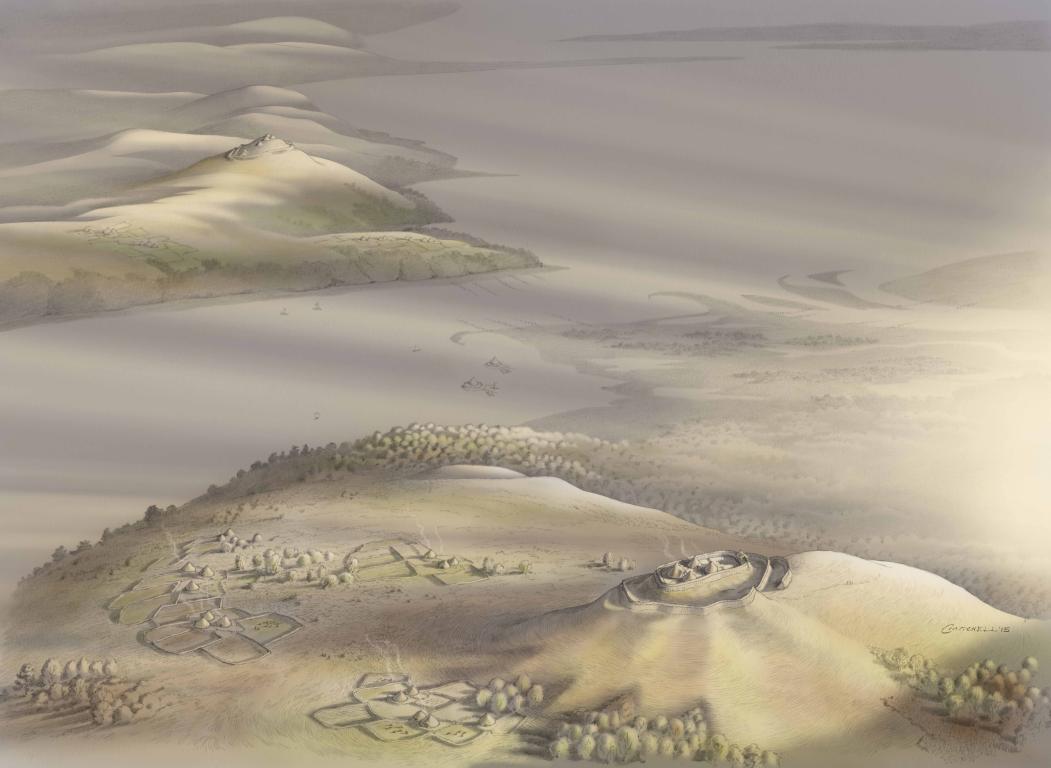 Craig Phadrig and Ord Hill, Inverness
Craig Phadrig and Ord Hill, InvernessImage provided by Forestry and Land Scotland/Chris Mitchell
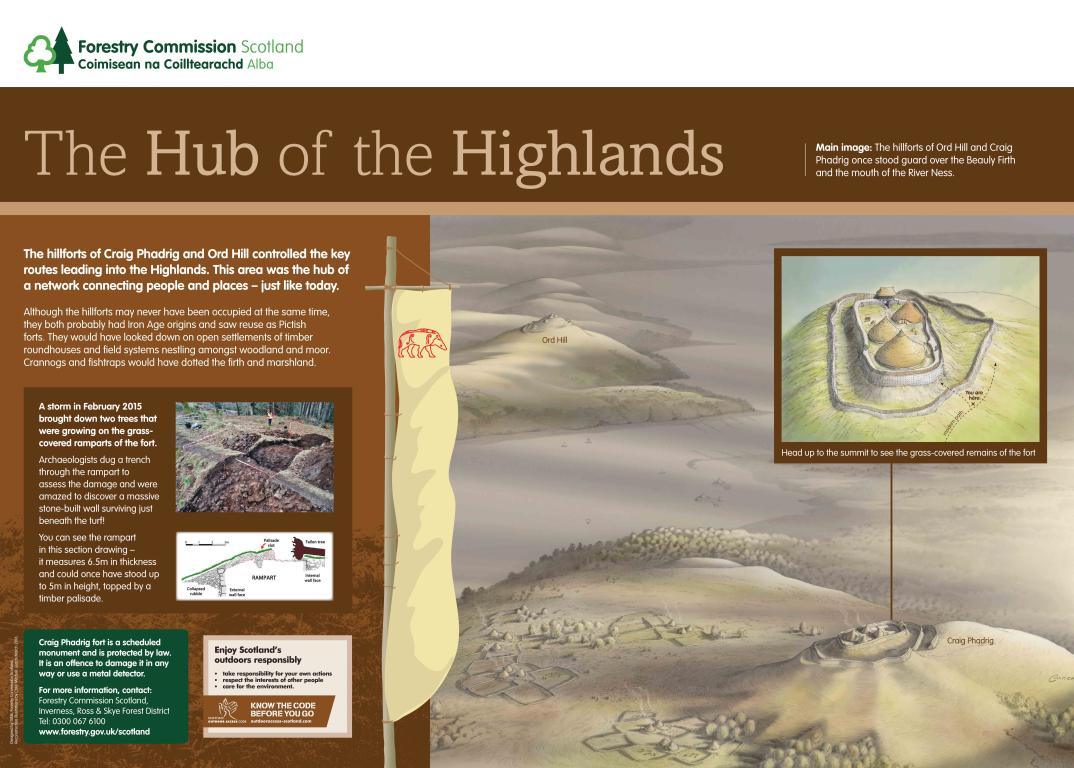 Craig Phadrig and Ord Hill, Inverness
Craig Phadrig and Ord Hill, InvernessImage provided by Forestry and Land Scotland
ORD HILL
Across the Kessock Bridge in the Black Isle is the second of the Pictish forts on this itinerary - the outstanding Ord Hill. The fort has its origins in the Iron Age and boasts magnificent views of the Beauly and Moray Firths but, looking south east, it is also possible to see Craig Phadrig. While the two forts may not have been occupied at the same time, both Craig Phadrig and Ord Hill would have been dominant features of the early historic landscape.
KNOCK FARRIL
Rising high at the summit of the Cat's Back ridge, discover one of the finest multi-period hillforts anywhere in the world. Measuring 118m by 30m NE-SW, Knock Farril, just outside Dingwall, was likely the seat of an Iron Age chieftain or a Pictish king. As you wander around, look out for the pond, cut into rock to hold rain water on the western side of the fort.
 Knock Farril, Ross and Cromarty
Knock Farril, Ross and CromartyImage provided by Forestry and Land Scotland/Chris Mitchell

CLACH AN TIOMPAIN
Standing on a small tumulus on the outskirts of Strathpeffer is a curious landmark - Clach an Tiompain. Also known locally as the 'Eagle Stone' it features a deeply incised carving of a horseshoe-shaped object above that of an eagle. The Brahan Seer is once said to have predicted that ships would be grounded at sea should the stone fall three times. Thankfully, the stone is now cemented in place!
THE SHANDWICK STONE
On a grassy hillside overlooking the beautiful Moray Firth stands the impressive Shandwick Stone. Known as Clach A' Charridh in Gaelic for its proximity to a local burial ground, the stone carries design elements which mirror those of the nearby Nigg Old Church and Hilton of Cadboll as well as the artistry of the Book of Kells and Lindisfarne Gospels. Interestingly, the stone has also cemented itself as a firm part of local legend alongside the Nigg and Hilton of Cadboll stones, as they are said to mark the graves of three Norse princes who perished in a wreck in Shandwick Bay.
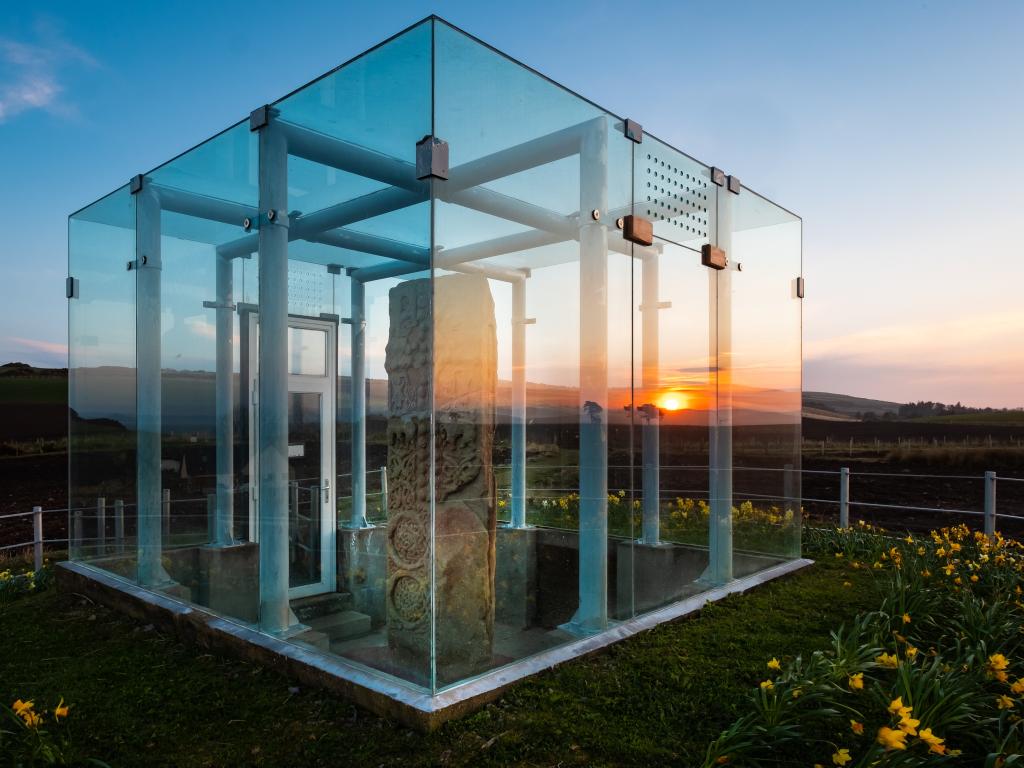 The Shandwick Stone, Easter Ross Peninsula
The Shandwick Stone, Easter Ross PeninsulaImage provided by VisitScotland/Mark Janes
 The Hilton of Cadboll Stone, Easter Ross Peninsula
The Hilton of Cadboll Stone, Easter Ross PeninsulaImage provided by VisitScotland/Mark Janes
HILTON OF CADBOLL STONE
One of the most magnificent of the known Pictish stones is the Hilton of Cadboll Stone. The stone is an undeniable icon of Early Medieval Scotland and, as such, the original stone is on display in the National Museum of Scotland. An awe-inspiring replica stone, carved by sculptor Barry Grove, was commissioned in 1998 and now stands in place of the original. Nearby, visit the John Ross Visitor Centre to see the original base of the Hilton of Cadboll stone and stop by the superb Seaboard Centre for a bite to eat.
TARBAT DISCOVERY CENTRE
Finish your journey at the 'Iona of the West' - the fantastic Tarbat Discovery Centre. The centre lies at the historic heart of the Easter Ross Peninsula and features a wide variety of archaeological wonders from Pictish carvings to a Viking-age silver hoard. The displays here, as well as all of the archaeological wonders in this itinerary, are truly incredible testaments to the relationship between Pictish people and the landscape in the Highlands.
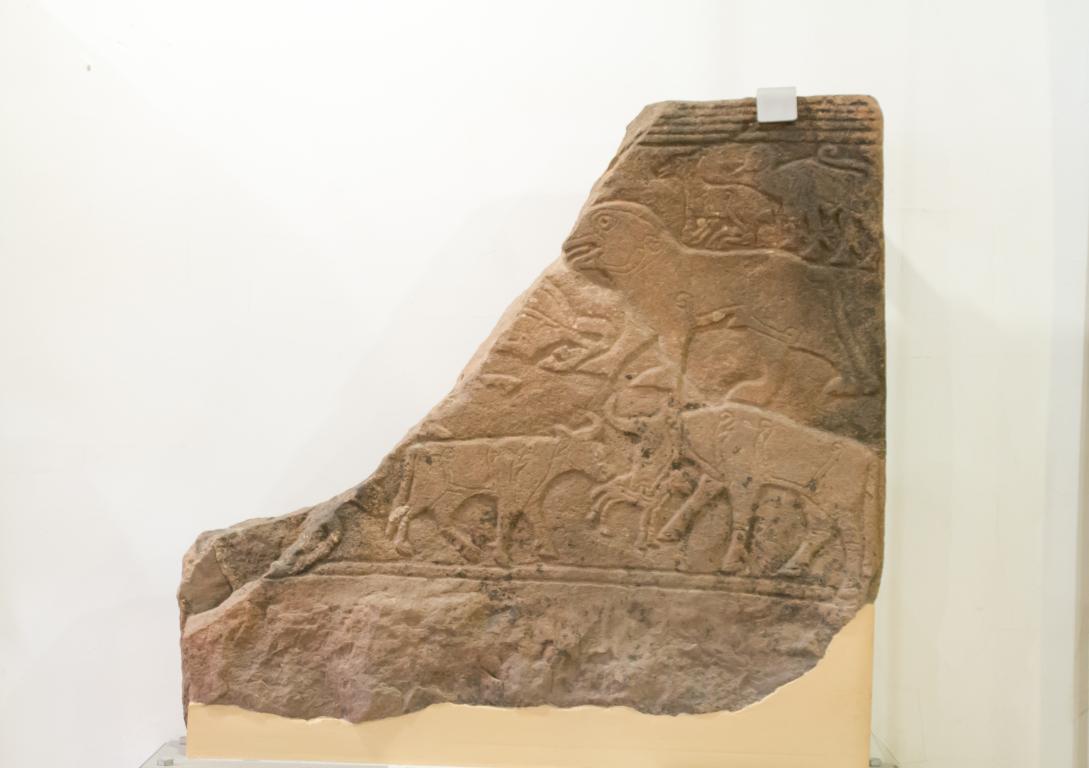 Tarbat Discovery Centre, Easter Ross Peninsula
Tarbat Discovery Centre, Easter Ross PeninsulaImage provided by Tarbat Discovery Centre
YOU CAN FIND MORE INFORMATION ON ALL OF THESE SITES AS WELL AS INSPIRING THEMED ITINERARIES, ON THE HIGHLAND PICTISH TRAIL WEBSITE.
Share this itinerary
| Transport | Driving |
| Duration | Several days |

